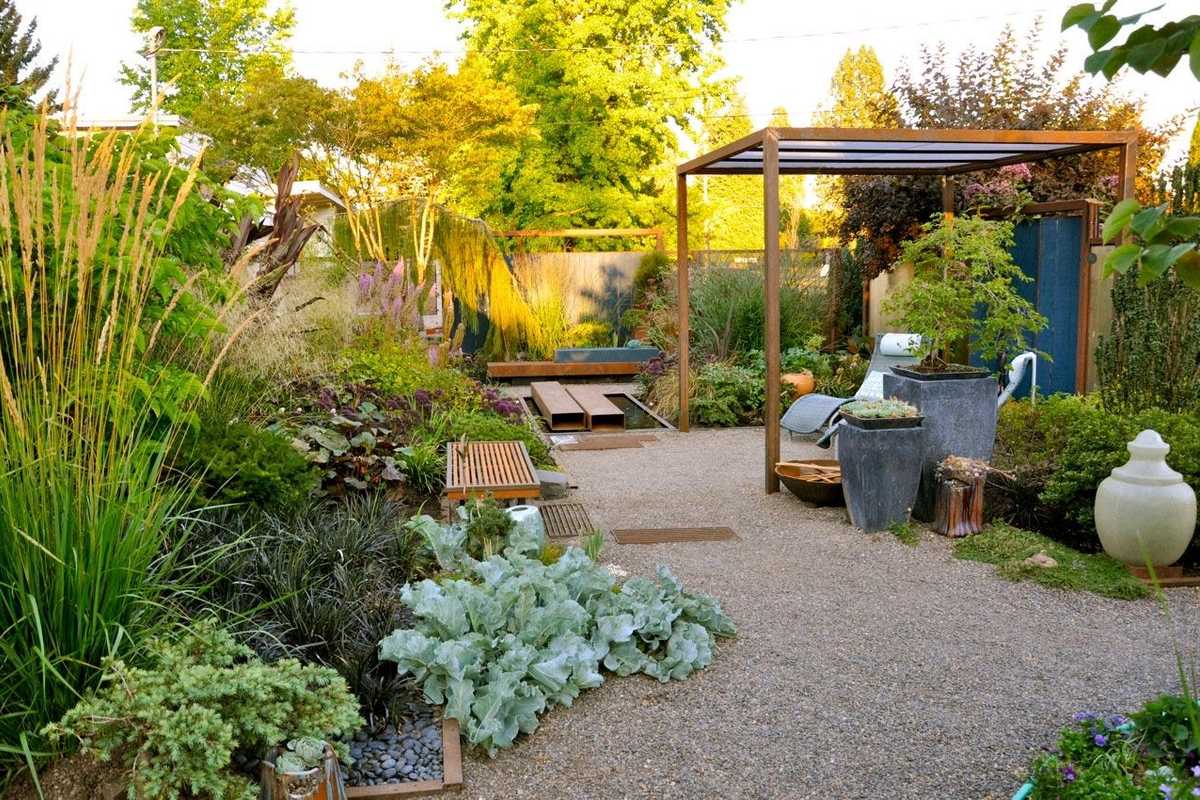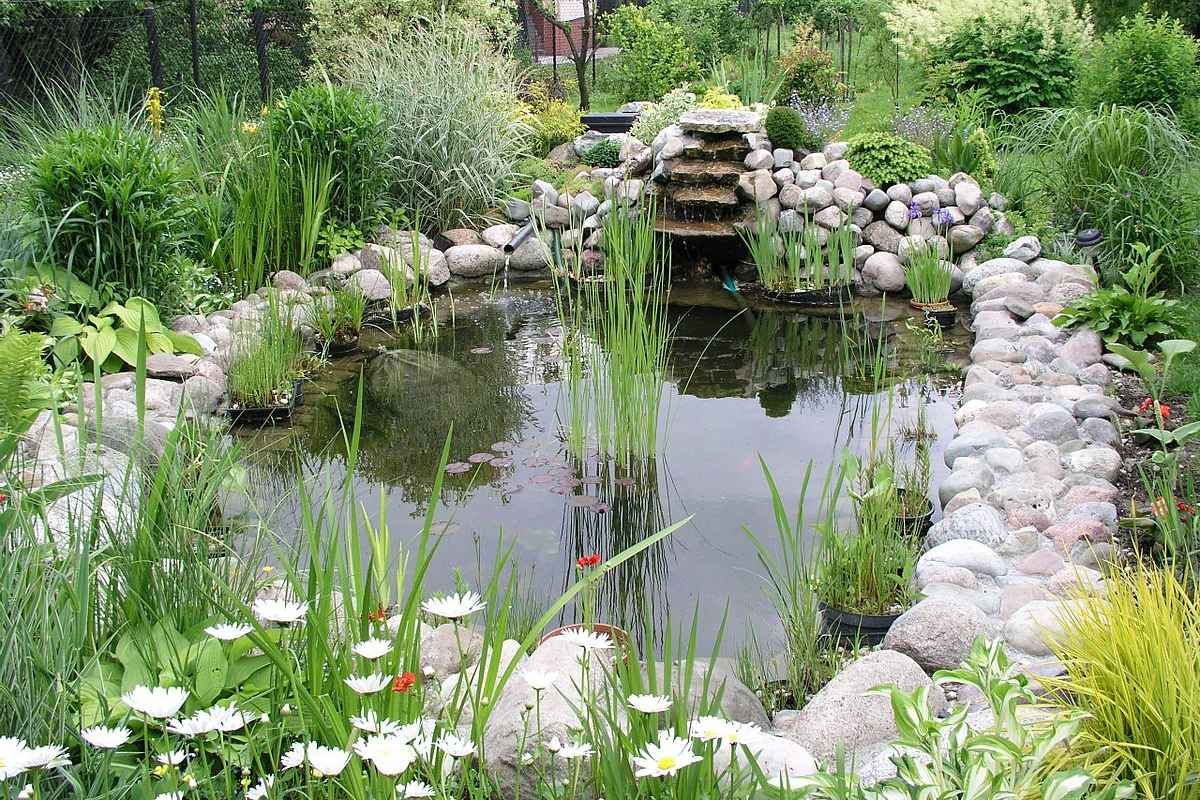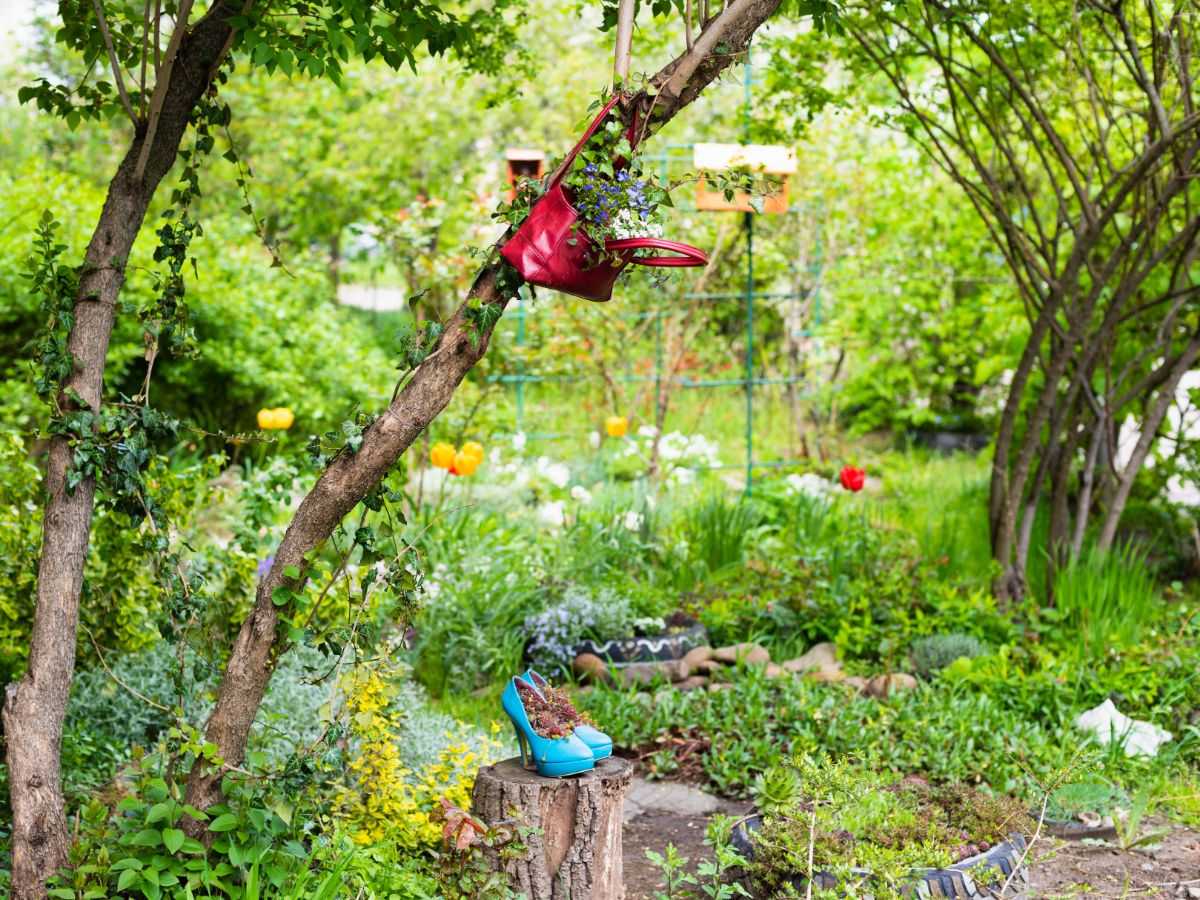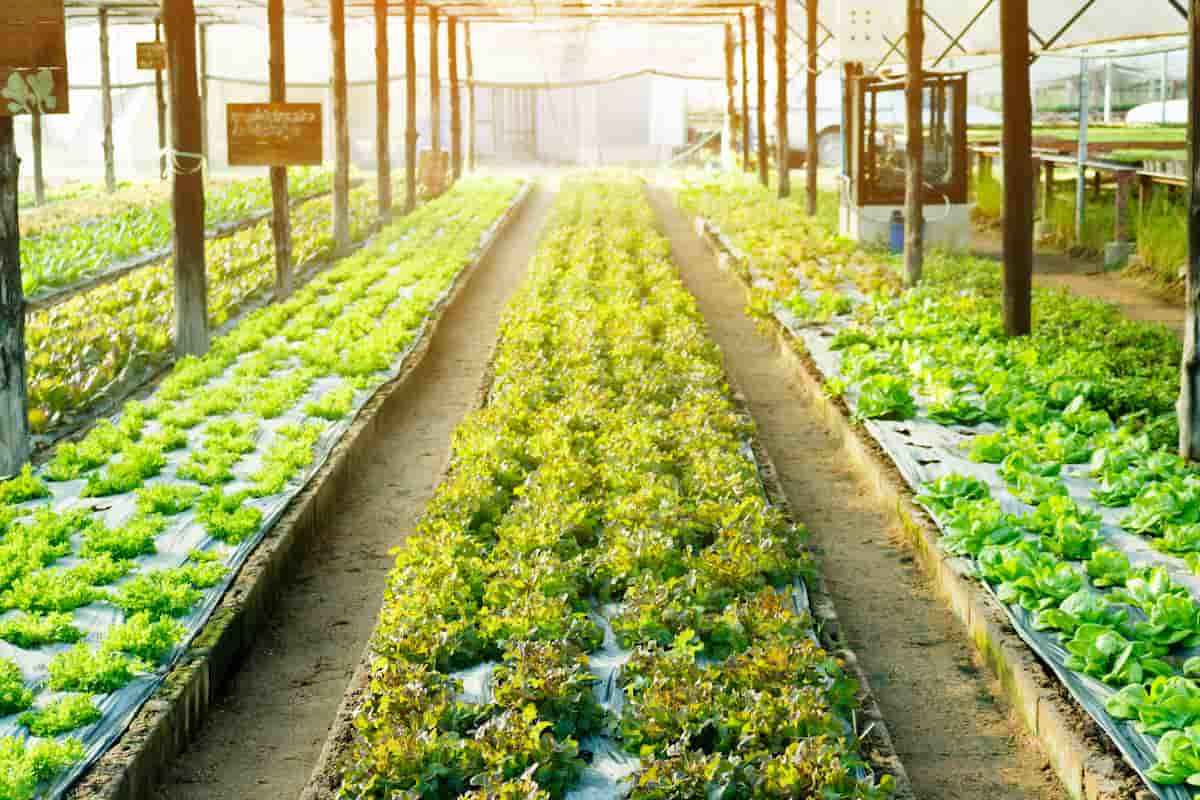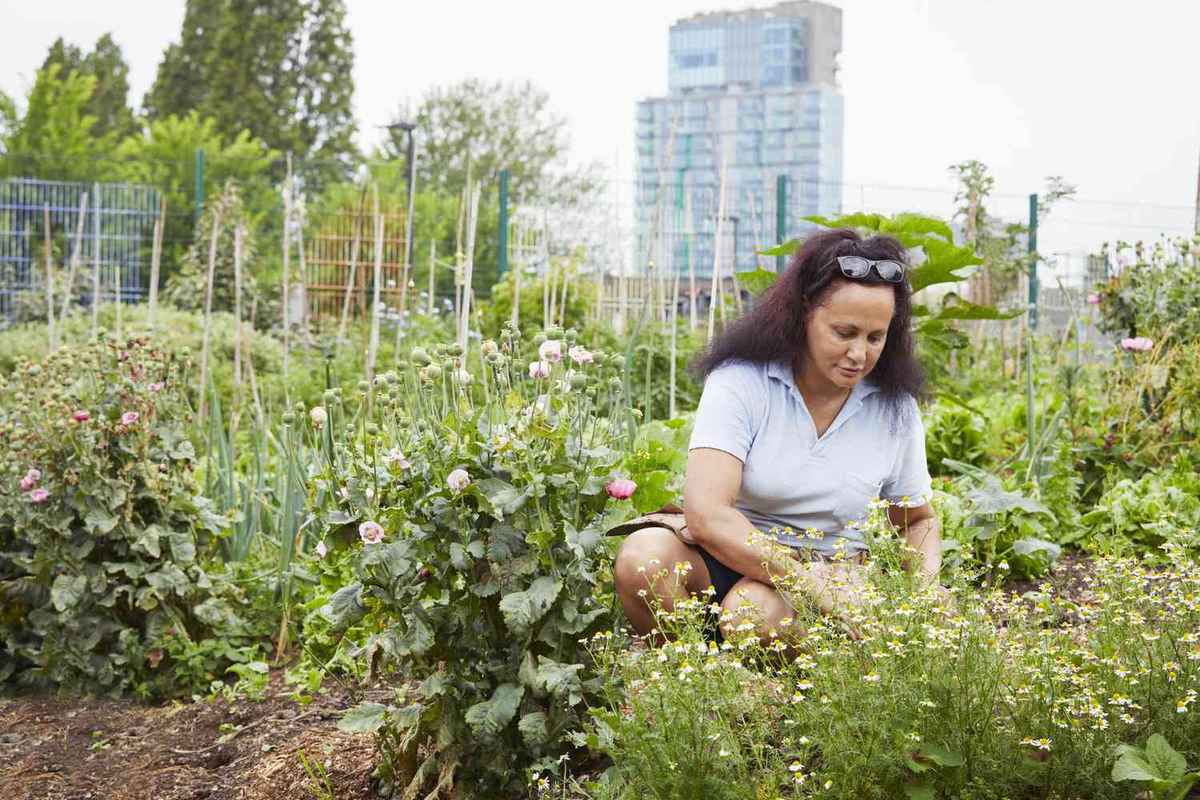Whether you’re an experienced gardener or just beginning to explore the world of cultivation, creating a sustainable garden allows you to harness nature’s wisdom and minimize your ecological footprint.
Here are some steps to help you embark on your eco-friendly gardening journey:
Start with Soil Preparation
Prime your garden bed with a combination of compost and mulch. These elements are pivotal in sustainable gardening, as they aid the soil in retaining vital nutrients and enhance water retention, ultimately resulting in reduced manual watering requirements.
Choose What You Want to Plant
Before you begin, think about what to plant first. We recommend opting for local native plants in your sustainable garden. These plants need less care as they’re accustomed to your climate and soil.
Also, choose ones that repel pests, improve soil, and work well together.
Practice Companion Planting
While planting seeds or seedlings, remember the advantages of companion planting. Certain sustainable garden plants thrive when grown together.
For instance, tomatoes flourish alongside basil and other herbs, while carrots benefit from proximity to beans, lettuce, or onions. Companion planting can even attract pollinators for improved growth.
Plant Every Season
Sustainable gardening involves cooperating with the environment instead of opposing it. To put this into action, ensure your garden is well-planned for every season. If you grow one-time harvest vegetables like carrots or beets, have a follow-up plan for the next plant.
This maintains soil nutrients, sustains pollinators, and ensures a continuous food supply across all growing seasons.
Harvest Seeds for the Next Planting Season
After each growing season, preserve seeds from your plants. Thoroughly dry them and keep them in a cool, dark spot for next year’s planting. This practice fosters a self-sustaining and self-sufficient garden.

